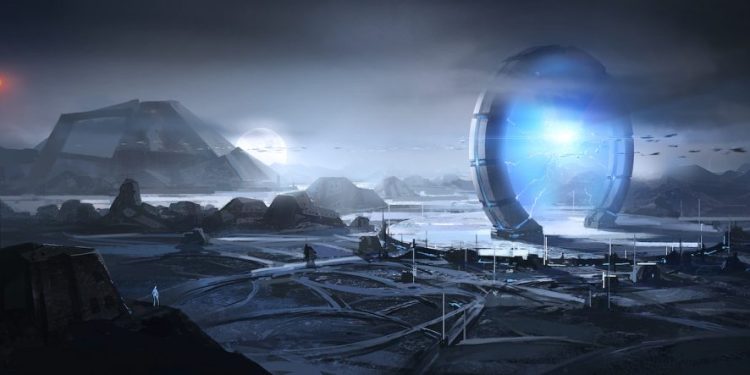For decades, science fiction has toyed with the idea of ancient, technologically advanced civilizations predating humanity. The Silurian hypothesis—a term borrowed from the fictional reptilian species in Doctor Who—seeks to address whether traces of such civilizations could ever be detected in Earth’s geological record. First proposed by two University of Cambridge scientists in 2018, this provocative idea challenges us to think differently about our planet’s distant past and how we search for evidence of intelligent life, both on Earth and beyond.
What Is the Silurian Hypothesis?
Published in the Journal of Astrobiology, the hypothesis explores whether the remnants of an advanced civilization—if it ever existed—could survive millions of years in Earth’s sediment layers. This isn’t a claim that ancient civilizations lived alongside dinosaurs; instead, it raises the question of whether a hypothetical industrial society from eons ago could leave behind detectable geological fingerprints.
The researchers highlight a key problem: humanity’s industrial era, which spans roughly 300 years, is a mere blip in the 4.5-billion-year timeline of Earth’s history. “This short time period raises the obvious question as to whether this could have happened before,” they note. The fleeting nature of industrial civilization makes it difficult to predict how much of its impact could persist in the geological record over millions of years.
Would Our Civilization Be Detectable in the Distant Future?
As humans alter Earth’s ecosystems and climate, our “footprint” may appear significant today, but its long-term legacy is uncertain. For instance, the physical evidence of our presence—such as plastics, synthetic molecules, and possibly radioactive fallout—might only form a sediment layer a few centimeters thick. Even with major environmental impacts, future geologists could struggle to distinguish these changes from naturally occurring events, such as mass extinctions or volcanic activity.
Interestingly, the researchers point out that the more sustainable a civilization becomes, the less likely it is to leave a detectable impact. A society reliant on renewable energy like solar, wind, or geothermal power would leave fewer lasting marks compared to one that heavily depends on fossil fuels or nuclear technology.
How Could We Search for Such Traces?
The paper suggests that identifying ancient advanced civilizations if they existed, would require looking for subtle anomalies in the sediment record. These might include chemical signatures of large-scale energy harvesting or concentrations of synthetic materials. However, some markers—like ocean anoxic events during the Cretaceous and Jurassic periods—could be indistinguishable from natural phenomena. Only specific tracers, such as persistent plastics or unique radioactive isotopes, might definitively signal the presence of a past industrial society.
The scientists also consider what this hypothesis means for astrobiology. If an advanced civilization could theoretically leave subtle traces on Earth, similar techniques could help identify signs of intelligent life on exoplanets.
Why This Matters for Humanity’s Future
While the authors doubt that a pre-human industrial civilization ever existed, their work highlights critical questions about humanity’s legacy. What kind of footprint will we leave behind, and how sustainable must our practices become to ensure long-term survival? Moreover, exploring this hypothesis underscores the importance of studying Earth’s geological history in the context of astrobiology and the Anthropocene epoch.
In their conclusion, the researchers emphasize that asking these questions isn’t just about imagining the past—it’s about preparing for the future. By improving our understanding of the geological record, we may someday find answers to their intriguing title question: Would it be possible to detect an industrial civilization in the geological record?











